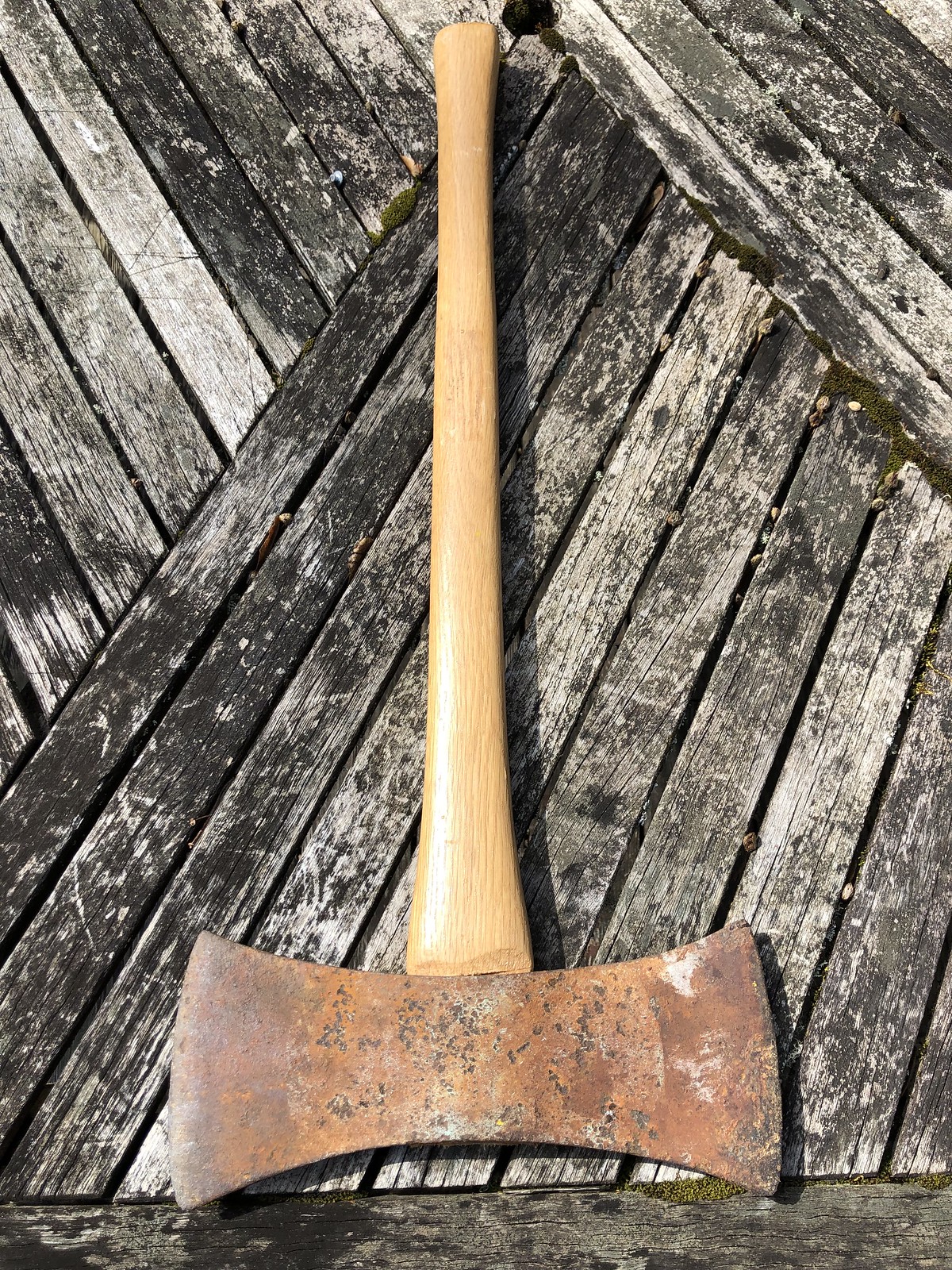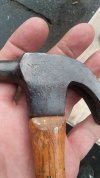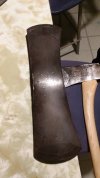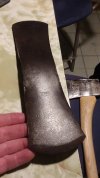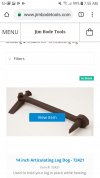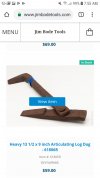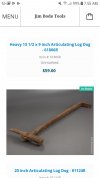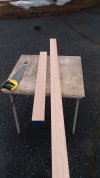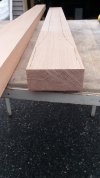A big giant thank you to ithinkverydeeply for finding this plumb Puget sound for me!! I've been wanting one for a long time and it's one of the few axes you just can't find in Maine!
I'm very, very pleased with it man, thank you! I bought some simple 16" log dogs to help me with hewing once it warms up a tad. And a nice ovb hammer on a nos craftsman handle.
View attachment 1100900
The PS axe had a nice haft in it but it didn't quite fill out the bottom of the eye. So I'm going to purchase some 6/4 red oak tomorrow and make a 42" haft for it. Have a great night!






